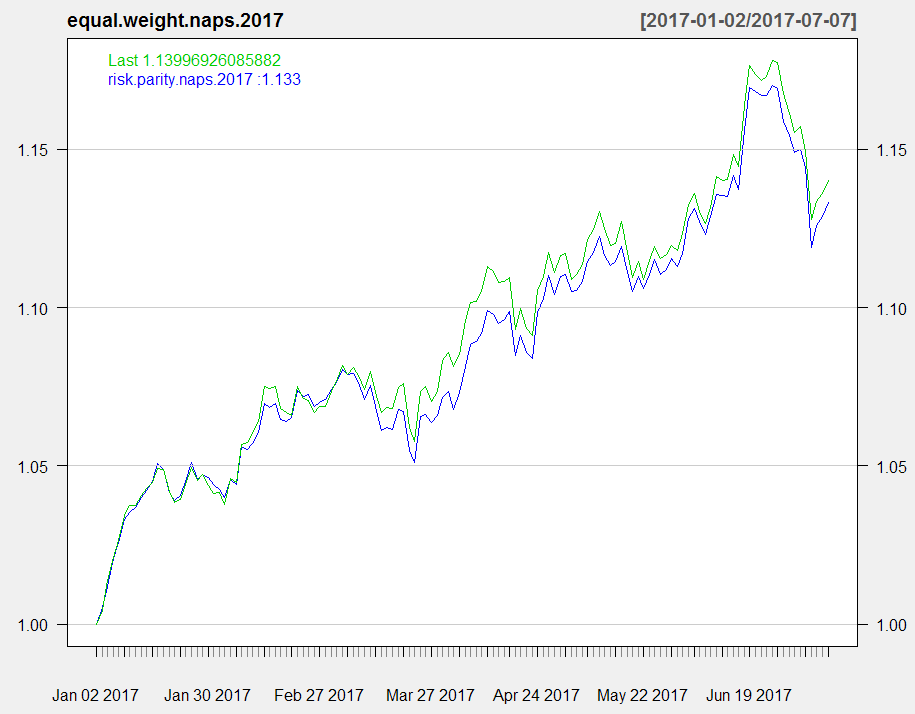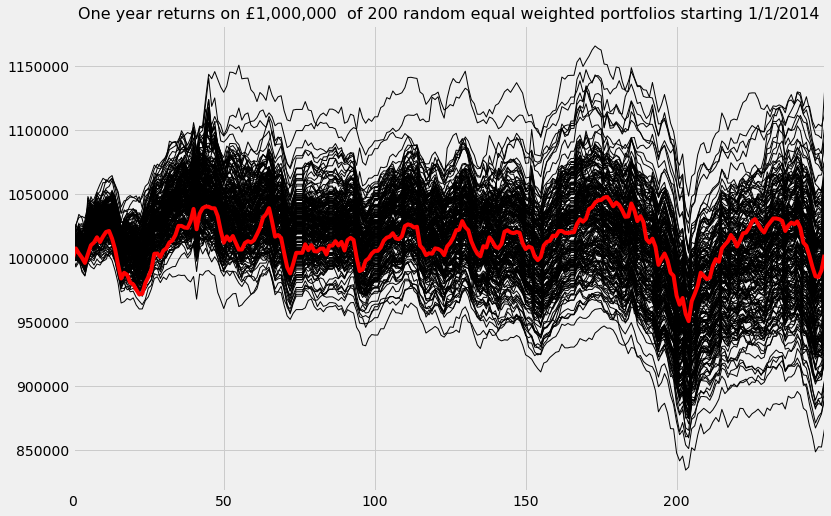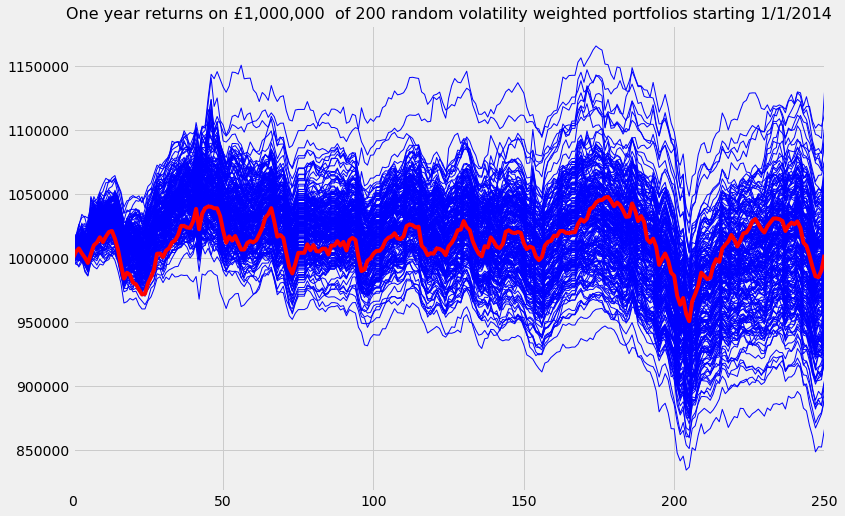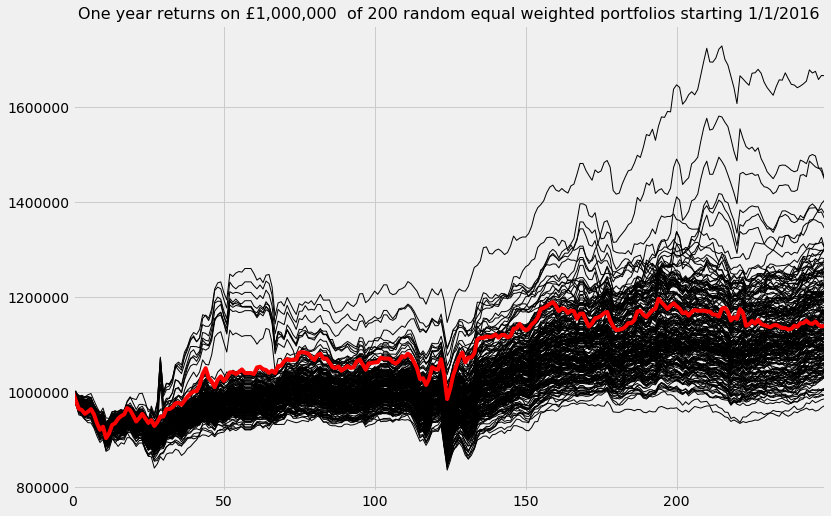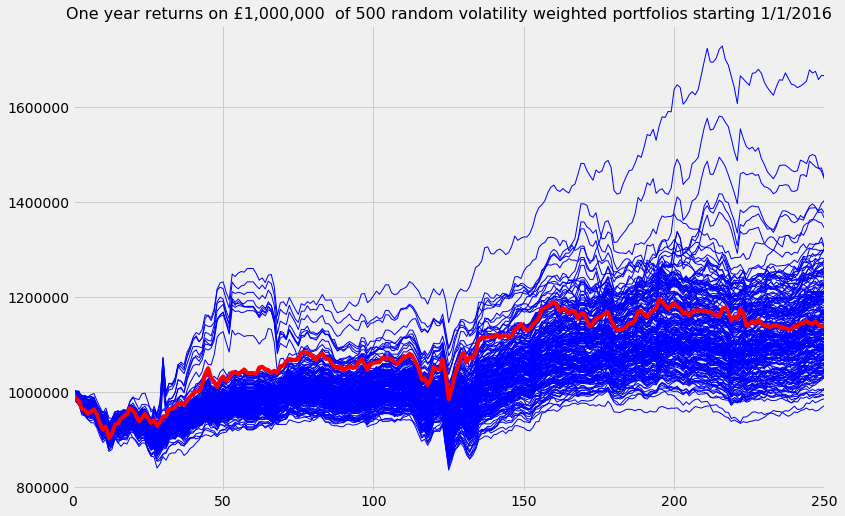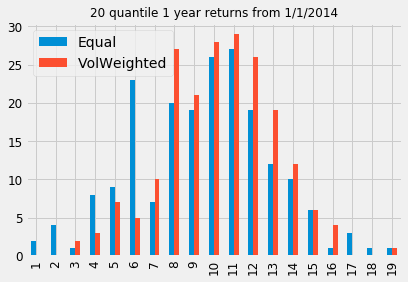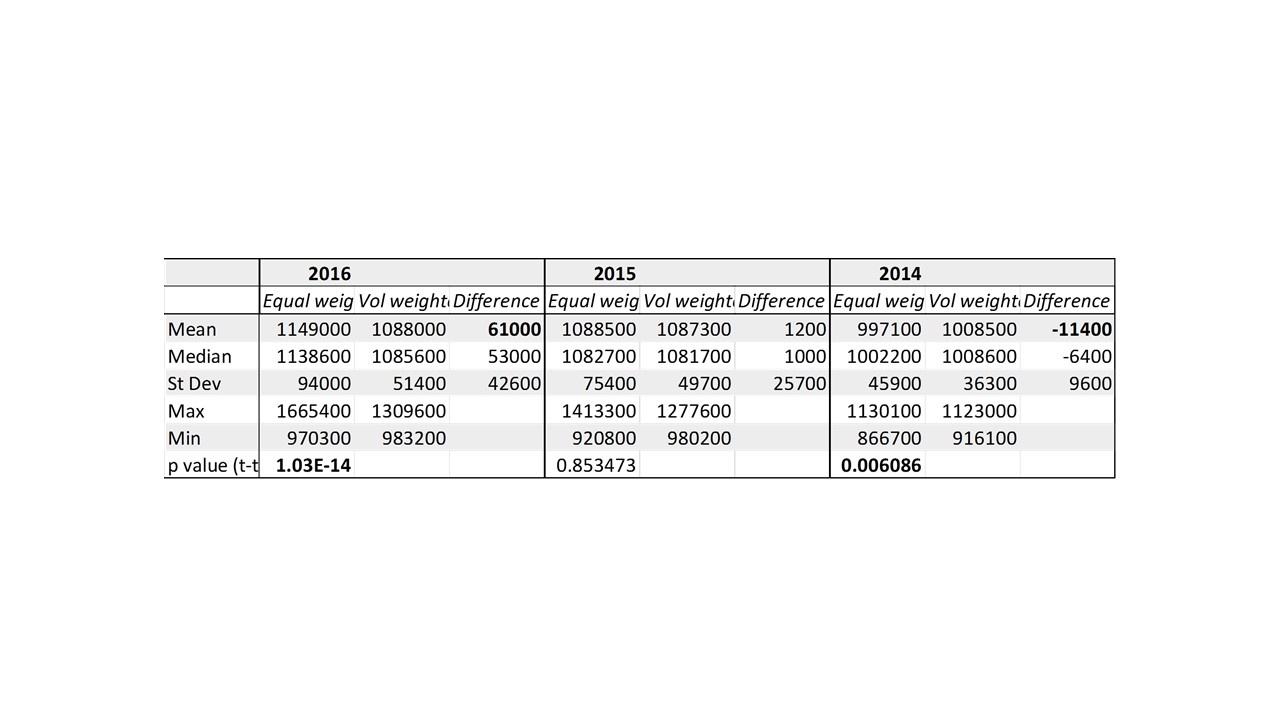When do you find the time to focus on your investing? Do you get up at 7am to read the news and plan your trades? Do you scan the bulletin boards hourly for new ideas? Do you watch the market in real time like a hawk setting buy triggers, adjusting stop losses and analysing market depth?
I know this is what the cool gang do… but for me, this all sounds too exhausting. It’s summer, it’s too hot, and at times like these I’m glad to have an investment process that practically runs on auto-pilot.
If you read this piece I’m going to explain how I’ve been putting together a 20 stock, diversified portfolio that's been growing at 25% annualised with less than an hour’s work each January ( and some occasional work each July ).
Of course I’m not totally lazy. It’s just that there’s a thousand other things to do that are more fun than studying company accounts, more fun than worrying and more fun than endless, mindless trading.
Don’t get me wrong… I love stocks, but experience has taught me that I can love them far too much. All the trouble I’ve ever had in the stock market has come from over-attachment to stocks, over-confidence in their outcome and a complete unwillingness to let a favoured hand go.
So some years ago, after another extremely painful experience I had a zen buddhist a-ha moment. I realised that in order to more consistently win, I needed to completely let go of my attachment to stocks… I went systematic.
What is the NAPS Method?
If you already know your NAPS from your SNAPS then this section is not essential reading. But for those who are new to all this, I recommend studying the following material and links.
Alternatively if you prefer not to read, you can join me for an hour-long webinar where I’ll explain the full NAPS Portfolio Process in person on Friday 21st July at 1pm. If you sign up today you’ll be guaranteed a seat.
The NAPS Method essentially describes a systematic process for creating and maintaining a personal portfolio of shares.
This process is based on a few fundamental assumptions:
- We’re highly prone to a whole heap of behavioural flaws in the mind which tend to damage our investment returns. Using a rule-based, or checklist-driven approach counters this self-defeating behaviour most…






